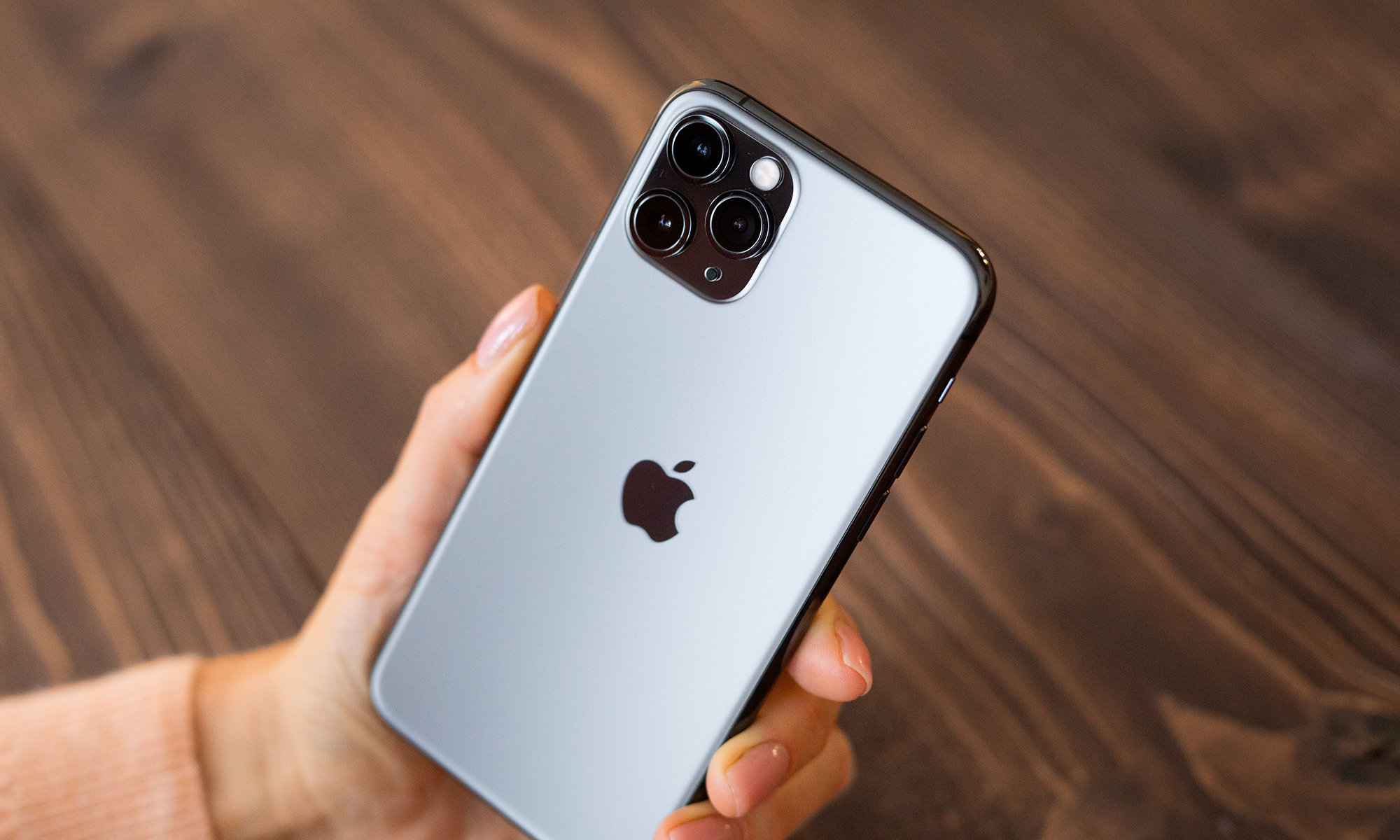When Apple (AAPL +0.17%) unveiled its two new iPhone models two weeks ago, investors quickly soured on the stock. On the one hand, many investors and Wall Street analysts have been concerned about demand for the iPhone 5c, which is more expensive than most analysts were expecting. On the other hand, many people are concerned about the supply situation for the iPhone 5s.

Demand for Apple's new iPhones is as strong as ever. Photo: Apple.
Not surprisingly, the beginning of pre-orders for the iPhone 5c and the first weekend of sales for both models aggravated investors' worries. Good availability of the 5c was seen as evidence that there was not much demand, while widespread sell-outs of the 5s were seen as evidence that there was not enough supply. By the end of the day on Friday, Apple shares were well below where they stood prior to the Sept. 10 iPhone announcement.
Apple 2 Week Price Chart. Data by YCharts.
Investors were partially right in their concerns: On Monday morning, Apple announced that it had run through its iPhone 5s stock on opening weekend. Still, it's clear that investors had no reason to worry. Despite supply constraints -- and supposedly lukewarm demand for the iPhone 5c -- Apple sold a record 9 million iPhones over the weekend! This is a great sign for future demand, and raises the likelihood that Apple will return to solid earnings growth over the next year.
Blowout sales
Apple blew away nearly every sales estimate by selling 9 million iPhones last weekend. Some analysts were worried that Apple investors were "unrealistically" expecting the company to sell 8 million units. Other Apple-watchers speculated that first-weekend sales could fall below 4 million due to tight supply of the iPhone 5s.
Unfortunately, Apple did not disclose the balance of sales between the iPhone 5s and the iPhone 5c. Nevertheless, it is clear that either iPhone 5s supply was better than expected, iPhone 5c demand was higher than expected, or both.
Either of those scenarios is good for Apple going into the busy holiday season. While Apple had its largest first weekend iPhone rollout ever, the company still has a long way to go as it brings the new iPhones to other markets. Moreover, initial demand for the iPhone 5s was very strong, with the gold-colored version selling out particularly quickly.
Carriers like Verizon have been reporting shipping delays stretching out to November for the gold iPhone 5s due to the current supply/demand imbalance. With the holiday season fast approaching, Apple should have no trouble selling as many units of the new iPhone 5s as it can produce for the next several months. This bodes well for sales and margins, especially next quarter.
Are blowout earnings next?
Apple's first weekend iPhone sales blowout will have a big impact on Apple's bottom line. Apple updated its September quarter guidance in an SEC filing on Monday morning. The company states that sales are now expected to be at the high end of the $34 billion-$37 billion range provided in the previous guidance, and that gross margin will be at the high end of the 36%-37% range previously provided.
When Apple reports earnings next month, I would not be surprised if the company comes in above the guidance range on one or both of those metrics. Strong iPhone sales boost revenue and margins, because it is Apple's most profitable product.
Moreover, the average analyst estimate currently calls for Apple's December quarter EPS to decline year-over-year, to $13.55. In light of the demonstrated high demand for the new iPhones, the expected launch of new iPads next quarter, and Apple's ongoing buyback program, this seems excessively conservative. If Apple returns to solid earnings growth, as I expect, the stock has plenty of upside from its recent trading range.








